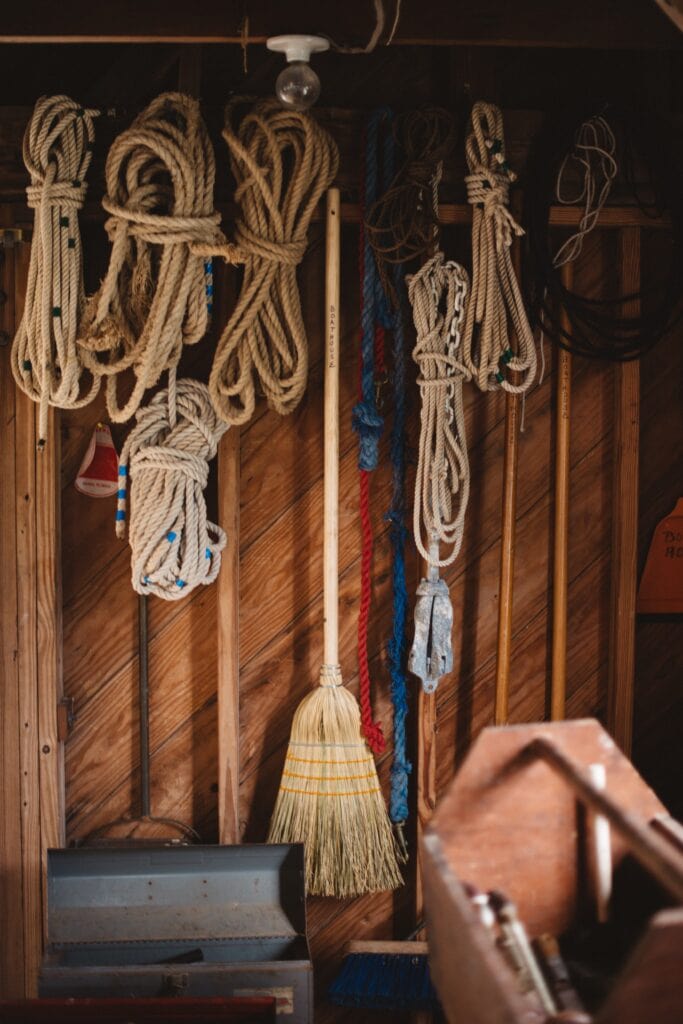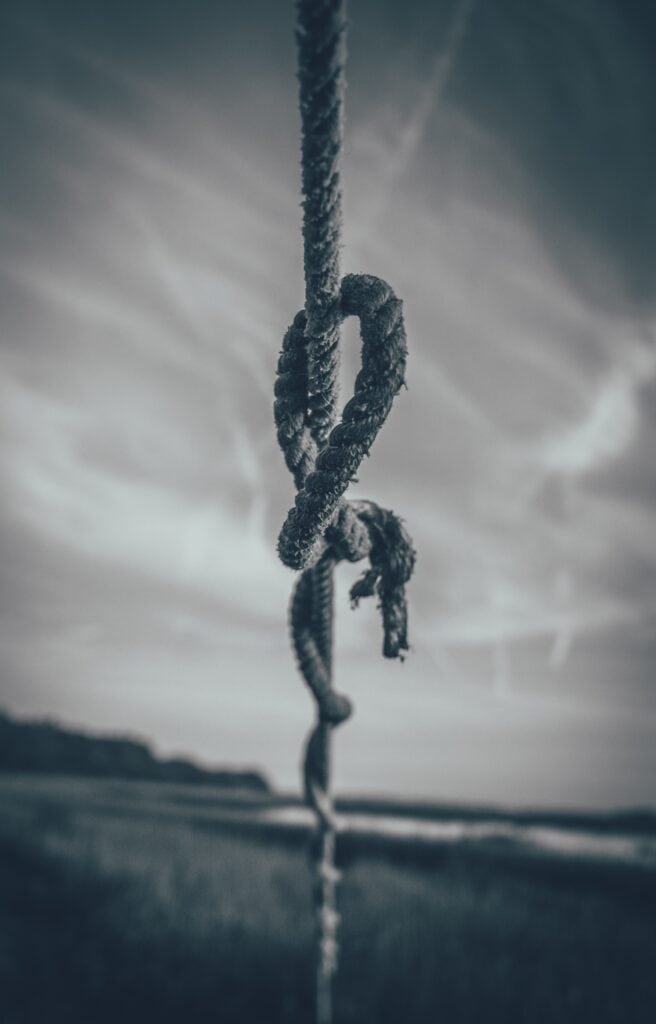Fishing is a great activity to enjoy with friends and family, and learning how to tie a blood knot can help you become more skilled at catching fish.
However, it’s important to note that a blood knot can be challenging to tie and requires some practice to master.
This guide will provide you with all the information and blood knot tips you need to know about this knot, including step-by-step instructions on how to tie it properly. We hope this guide will save you time and help you learn this important fishing skill.
What Is a Blood Knot?
 When going fly fishing, you will have to learn a few basic knots to secure the leader connections. A blood knot, often known as the “true fishing knot,” offers a strong grip to construct fishing leaders by a fly fisherman.
When going fly fishing, you will have to learn a few basic knots to secure the leader connections. A blood knot, often known as the “true fishing knot,” offers a strong grip to construct fishing leaders by a fly fisherman.
The blood knot is one of the basic knots that almost every angler must get the hang of. It is best known for the stronghold it provides for keeping the fishing line intact. Moreover, it makes it easier to control the tag ends. At first, you might find it a bit complicated, but with practice, it starts getting down to a matter of seconds. This article will elaborate on the process of tying a blood knot in a few simple steps.
When Should I Use Blood Knots?
Although several people use blood knots for fishing loops, you might not need these fourteen turns knots every time you go fishing. A blood knot comes in handy when you are dealing with ties of equal diameter.
It also helps secure leader connections and serves as a good decorative stopper knot. A blood knot also comes in handy for situations that require a strong and versatile grip since it breaks rarely. Thus, if that is what you are dealing with or you are here to learn the blood knot for the future or teach someone, follow the steps below:
Steps to Tie a Blood Knot
Let us begin with the complete how-to instructions to help you successfully tie a blood knot yourself. First, start with aligning both tag ends that you are going to use for fly fishing. However, ensure that the two lines are pulled tight.
Then, start twisting and turning one tag end five to seven times in the same direction on the other line. Repeat the same process for the other tag end by twisting seven times. In the end, you will see fourteen turns on the inner strand. These turns make it the best decorative stopper knot for fly fishing.
Next, hold the outer wrap of both ends and pass them between their lines meeting
in the middle. Ensure that the lines go in opposite directions. You may want to lubricate the strings before tightening them fully. Oil can come in handy for doing it.

Now, all you need to do is tighten it. To do that, hold the ends and pull in the opposite direction. Keep pulling till the knot seems snuggled on the fishing line. You might want to practice this process a few more times to get a good grip on tying a blood knot.
Blood Knot Alternatives
You will often hear the phrase “barrel knot” but do not worry since it is the same knot with a different word. It is the most used knot by fly fishermen today. However, there are a few blood knot alternatives you might want to consider in case you do not get the perfect knot.
A few knots include the Rapala knot, San Diego jam knot, and Snell knot. When you look at them, they might seem similar to one another, but they are different in the way we tie them. So, if you are having trouble tying a blood knot, try learning any of them.
Final Thoughts
Knowing how to tie a blood knot is very handy when you go fishing or camping. This article demonstrates the complete process of how to tie a blood knot in a few simple steps. You can get a clear perspective of what a blood knot is and how you can use it for fishing. Moreover, we have also mentioned a few of its alternate options that you may use in case you are in a hurry. Therefore, skim through the article to learn how you can loop the fishing line easily.




